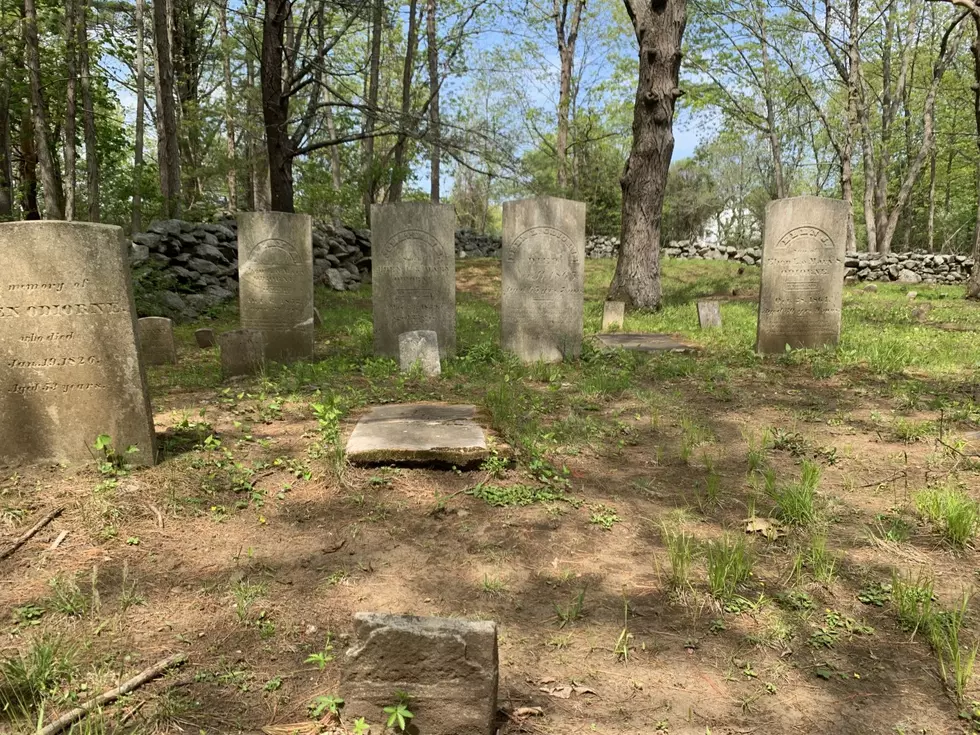
What Is ‘The McIntyre Project’ In Portsmouth, New Hampshire?
The saga of the Thomas J. McIntyre Federal Building begins when Sen. Judd Greg passed a bill which transferred the real estate as surplus property to the City of Portsmouth. Gregg’s original intentions, according to a report, was to demolish the eyesore and instead develop something more aesthetically pleasing.
Then, in the Obama years, everything came to a halt when the project was defunded.
The story of the McIntyre Federal Building picks up again in the fall of 2016. During that year, the city moved to include the building in the Historic Monument Program as a way to free it from the General Services Administration who owned the property.
“How that works is that the McIntyre Building is considered a monument, a classic really,” Portsmouth Councilman John Tabor told Seacoast Current. “So once it was turned over to the city, some of the proceeds from the development can be used to preserve the monument - that's how the city got the land for free.”
By the end of 2019, due to the number of historical streets on both sides that would be impacted, the controversy of the McIntyre project soon became a major issue for Portsmouth residents.
In the winter of 2019, election year arrived. Five incumbents were swept out. This occurred right as Redgate/Kane, the developer of the project, was about to get their proposal across the finish line. However, the old council before leaving their posts, recognized the popular sentiment around it, and did not sign the final papers.
Upon taking power, the new council then hit the pause button on the process and negotiated with the developer to create a new agreement for the site in which the community could give their input on the project to ensure they had a voice in it’s construction. The terms of the negotiation and agreement are available on the council website.
“The survey we sent out had a huge response, 3,450 people,” Tabor said when reached by phone, “64% said they wanted more open space on the backside of the property along Bow Street, 53% said a return to the post office (the developer had not originally preserved space for a post office).”
According to the McIntyre website, USPS has not committed to operating in an interim location during construction and may no longer uphold their tenancy at the McIntyre location. If USPS no longer exists at the new building, the same space remains included in design plans for an alternate shipping service such as UPS or FedEx.
The success of the survey led the commencement of Study Circles. This January, in groups of 8-12, residents will gather in their Study Circle to discuss the values they find important for the property and how their proposed ideas for the building fit the visions of local residents.
“McIntyre has been contentious but everyone feels that if we can get in a room together and talk it through, we can come up with some good ideas,” Tabor said.
LOOK: Famous Historic Homes in Every State
More From Seacoast Current








